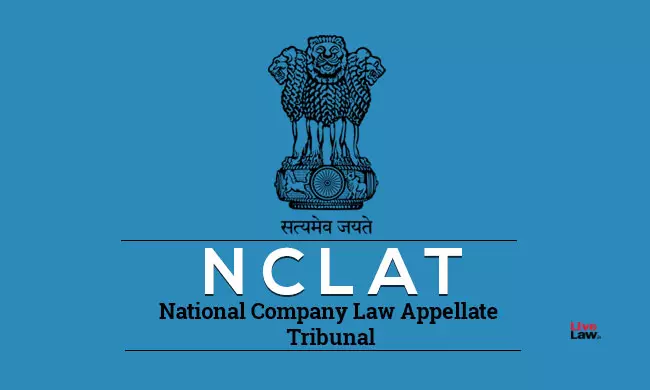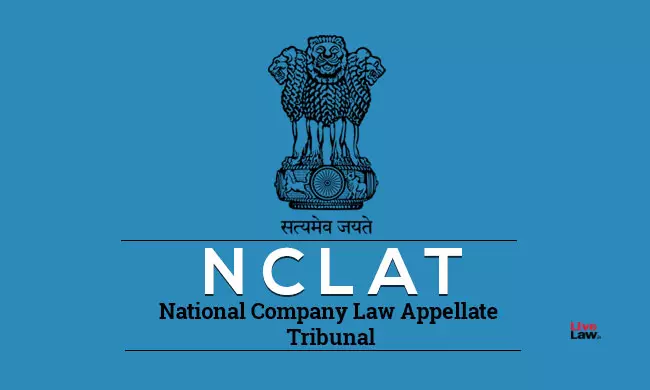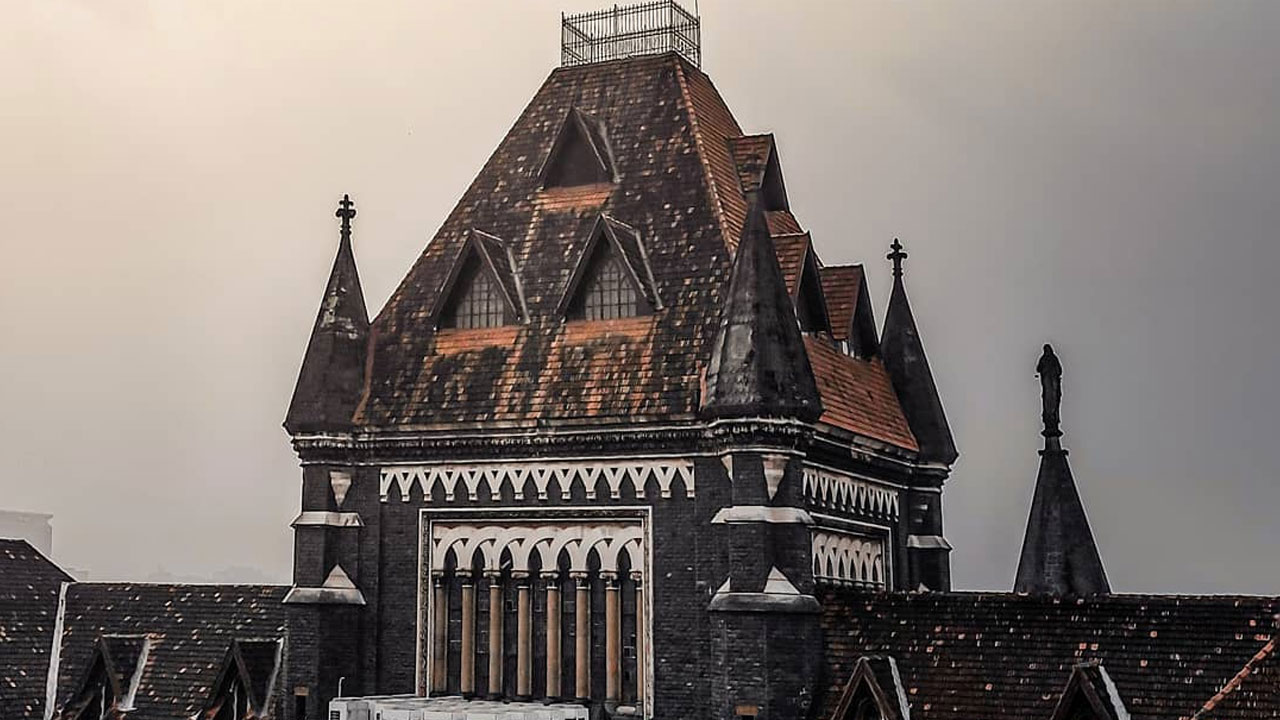Registration Of Security Interest With CERSAI Is Sufficient To Claim Status Of Secured Financial Creditor: NCLAT


The Nationwide Firm Legislation Appellate Tribunal (NCLAT) New Delhi bench of Justice Rakesh Kumar Jain (Judicial Member), Justice Mohammad Faiz Alam Khan and Mr. Naresh Salecha (Technical Member) has held that safety curiosity could be proved by means of its registration with Central Registry of Securitisation Asset Reconstruction and Safety Curiosity of India (CERSAI) and the monetary creditor could be labeled as a Secured Creditor based mostly on such registration as per Regulation 21 of the Liquidation Laws, 2016. Due to this fact it’s not necessary for the safety curiosity to be registered beneath part 77 of the Corporations Act to assert the standing of a Secured Monetary Creditor within the Liquidation proceedings beneath the Insolvency and Chapter Code, 2016.
Transient Information:
The current enchantment has been filed by Bizloan Non-public Restricted (Monetary Creditor) for offering credit score amenities in type of gross sales invoice discounting (SBD) and buy invoice discounting (PBD) of Rs. 1 Crore in mixture to the Autocop (India) Non-public Restricted (Company Debtor) towards the Impugned Order dated 19.12.2023 by which the Appellant was labeled as Unsecured Collectors as a substitute of Secured Monetary Creditor.
Company Insolvency Decision Course of (‘CIRP’) was initiated towards the Company Debtor by the Adjudicating Authority vide order dated 16.03.2022
When the Appellant got here to know that he has been labeled as Unsecured Creditor as a substitute of Secured Monetary Creditor. Aggrieved by the identical, the Appellant filed an IA however by the point, the Company Debtor had moved into liquidation continuing vide order dated 19.05.2023 handed by the Adjudicating Authority.
The Appellant subsequently filed an IA earlier than the Adjudicating Authority in search of course that the Appellant be handled as Secured Monetary Creditor. The Impugned Order, nonetheless, rejected the IA No. 2620/2023 of the Appellant holding that the Appellant can’t be handled as Secured Monetary Creditor.
In opposition to the above order, the current enchantment has been filed.
The Appellant submitted that the cost is duly registered with CERSAI information which is (publicly accessible). Thus, the Appellant must have been labeled as a secured monetary creditor. The Adjudicating Authority failed to understand Part 52(3) of the Code r/w Regulation 21 of the IBBI (Liquidation Course of) Laws, 2016 which acknowledges different modes of registration of cost/ proving safety curiosity together with registration of cost with CERSAI.
It was additional submitted that the Respondent is relying on Part 52 (1) of the Code, that itself states the phrase ‘Secured Creditor’, in that capability the place of both relinquishing or realising is with a Secured Creditor, therefore, in his personal submissions of the Respondent, the Respondent has accepted the stand of the Appellant as a secured creditor.
Per contra, the Respondent submitted that Part 77 (3) of the Corporations Act, 2013 begins with non-obstante clause which reads “however something contained in any different legislation in the interim in power”, as such the Corporations Act, 2013 prevailed over the Code and its rules.
It was additional submitted that Different sub-Sections of Part 52 are usually not relevant to a Secured Creditor who chooses to relinquish its safety curiosity to the liquidation property. Due to this fact, Regulation 21 of the IBBI (Liquidation Course of) Laws, 2016, which is an end result of sub Part (3) to Part 52, doesn’t come into image in any respect in such a case and so additionally within the current case.
Lastly, it was submitted that provisions referring to CERSAI, included in Part 20 (4) of the SARFAESI Act, 2002 is barely along with and never in derogation to the provisions of the Corporations Act, 2013 and every other legislation, and it shall not have an effect on the precedence of costs or validity thereof beneath these Acts or legal guidelines.
Observations:
The Tribunal famous that the Central Registry of Securitisation Asset Reconstruction and Safety Curiosity of India (CERSAI) is a centralised platform that was established by the Reserve Financial institution of India to take care of information of safety curiosity created over movable and immovable properties. It serves as a complete database so far as the securitisation, asset reconstruction and safety pursuits registered by the Banks and monetary establishments are involved.
It additional noticed that Part 77 of the Corporations Act, 2013 mandates each firm making a cost on its property or belongings (whether or not in India or outdoors) to register the particulars of the cost and the instrument creating it with the RoC. Part 77(3) of Corporations Act, 2013 states that no cost created by an organization shall be taken under consideration by a liquidator or every other creditor except it’s duly registered beneath sub-section (1) of Part 77 of Corporations Act, 2013 and a certificates of registration is issued by the RoC.
It held that whereas CERSAI registration is essential for collectors to implement their rights beneath the SAFAESI Act however does not imply that corporations are exempted from registering their costs beneath part 77 of the Corporations Act with RoC. The Registration of the cost with the RoC is indispensable in an effort to declare profit as a Secured Monetary Creditor within the CIRP or liquidation.
The Tribunal noticed that it’s a settled precept of legislation that when two legal guidelines battle, the legislation enacted later will prevail. The IBC got here into power on 1.12.2016 that’s after the date of enforcement of part 77 of the Corporations Act which got here into impact on 15.11.2016. Moreover, part 238 of the Code with the non-obstnate clause due to this fact giving overriding impact over every other legislation in the interim in power.
The Supreme Court docket in M.V. Polaris Galaxy v. Banque Cantonale De Geneva held that when two statutes include non-obstante clauses, the clause within the latter enactment shall prevail. Part 77(3) of the corporations Act merely mandates the costs to be considered by the Liquidator or by every other creditor whereas the IBC governs the insolvency course of and offers with the prioritisation of the collectors.
It held that the principle problem earlier than the Tribunal was whether or not part 77(3) of the Corporations Act which mandates the registration of costs with RoC overrides Regulation 21 of the Liquidation Laws, 2016. Part 77 serves altogether a special goal, the non compliance of which results in penalties to the involved stakeholders whereas the aim of the CERSAI registration is to implement safety curiosity created over belongings in favor of the Banks and alert others monetary establishments not to lend cash over belongings already mortgaged or hypothecated.
It additional added that Regulation 21 permits proof of safety by means of information with the data utility, RoC registration or CERSAI registration. Using the phrase ‘or’ within the Regulation 21 clearly establishes that the proof of safety curiosity can both be established by means of RoC registration or CERSAI registration.
In gentle of the above dialogue, the Tribunal held that “safety curiosity by the Collectors will also be proved if the identical is accessible in CERSAI and isn’t fully and solely depending on cost registered with RoC beneath Part 77 of the Corporations Act, 2013.”
It concluded that within the current enchantment, though the cost was not registered with the RoC beneath part 77(3) of the Corporations Act, the identical was registered with the CERSAI. Regulation 21 states that the cost registration with the CERSAI is adequate to show safety curiosity due to this fact the Appellant ought to have been handled as a Secured Monetary Creditor.
Accordingly, the current enchantment was allowed and the impugned order was put aside.
Case Title: Bizloan Non-public Restricted Versus Mr. Amit Chandrashekhar Poddar [Liquidator For Autocop (India) Private Limited]
Case Quantity: Comp. App. (AT) (Ins) No. 210 of 2024 & I.A. No. 718 of 2024
Judgment Date: 03/07/2025
For Appellants: Mr. Mohit Choudhary, Mr. Jayesh Gupta, Mr. Arjun Arora & Mr. Mohit Gulia, Adv.
For Respondents: Mr. Bharat Gupta, Mr. Varun Tyagi, Mr. Saurabh Khanijon & Mr. Ishan Srivastava, Adv.




